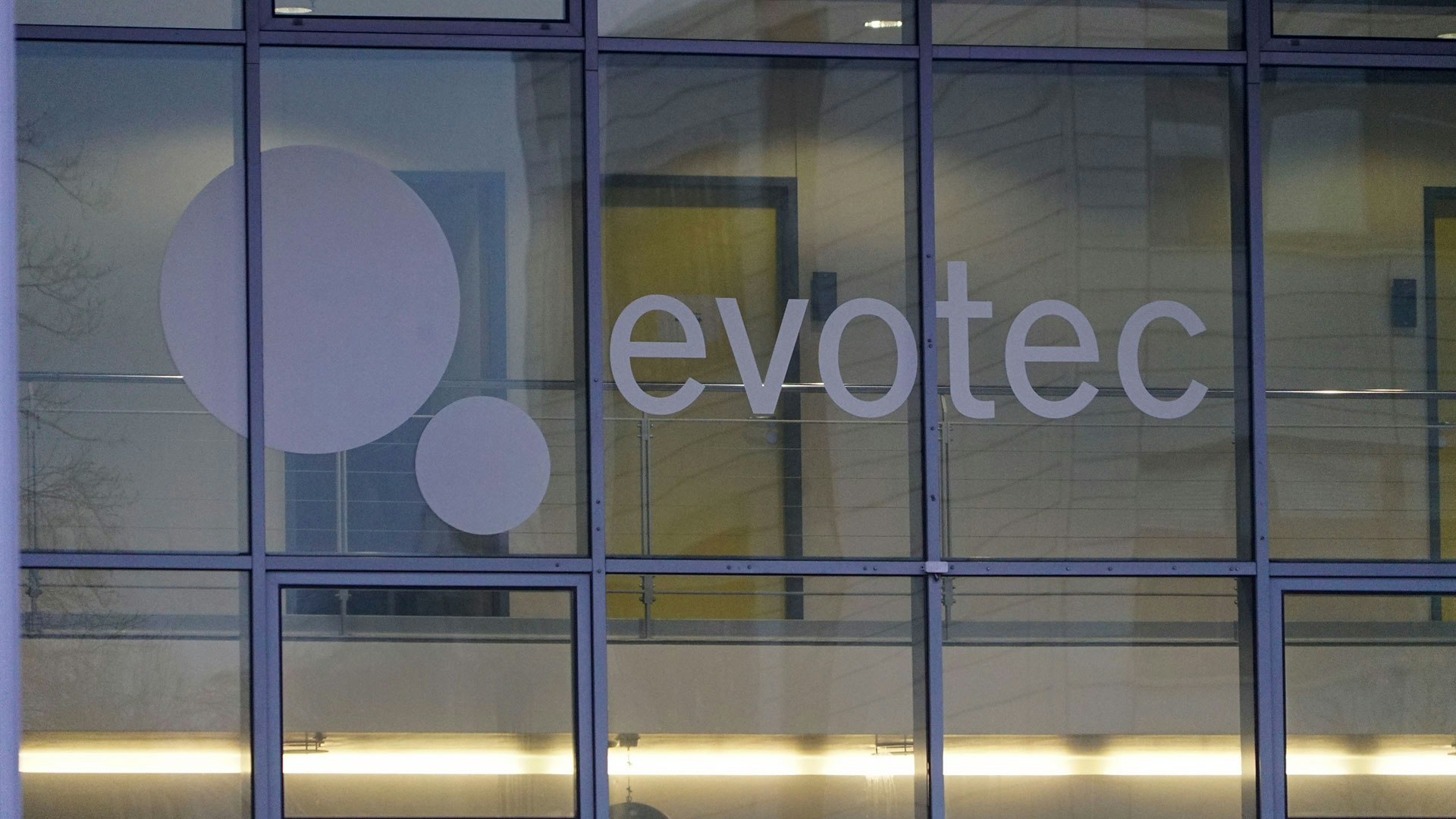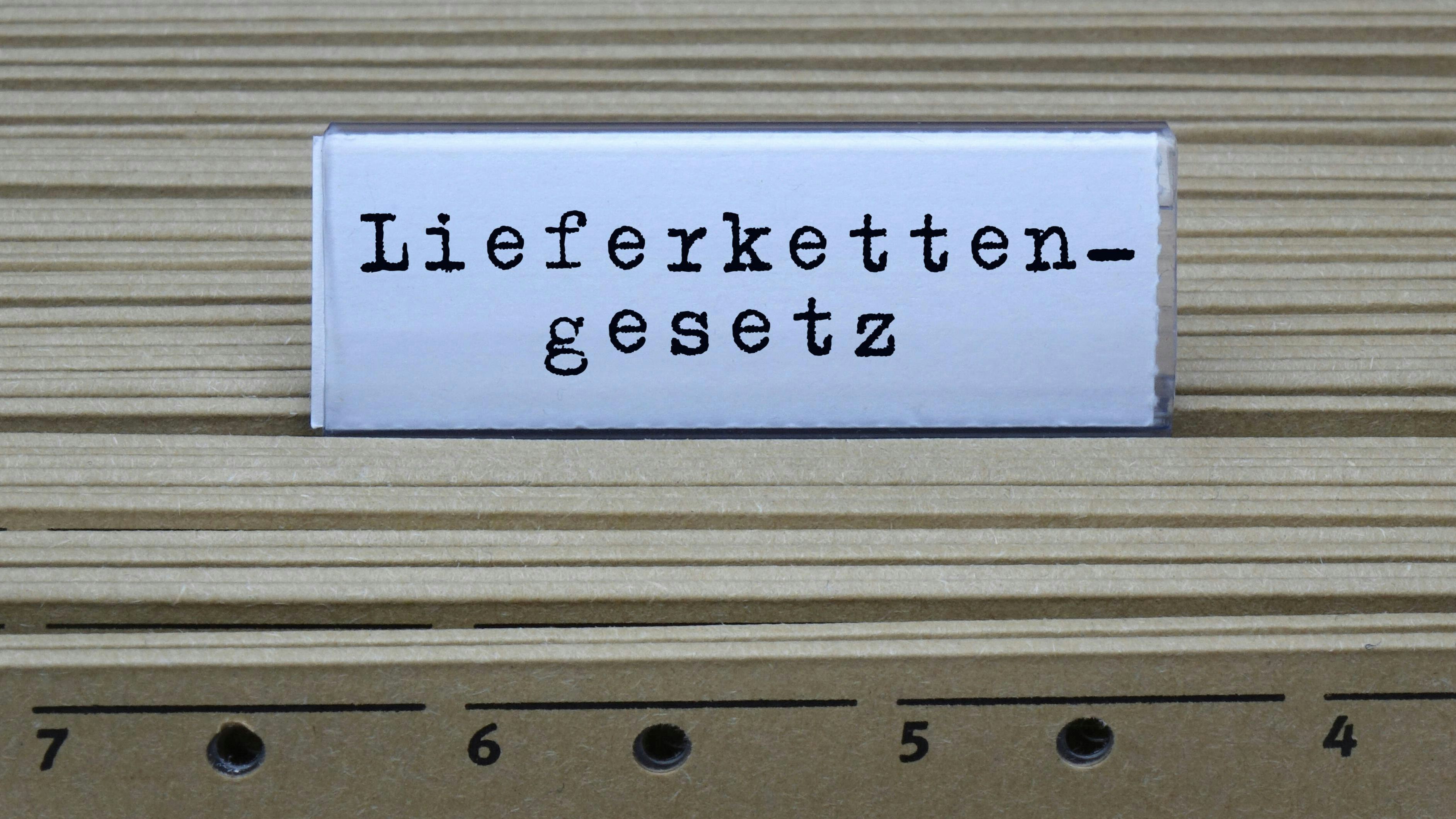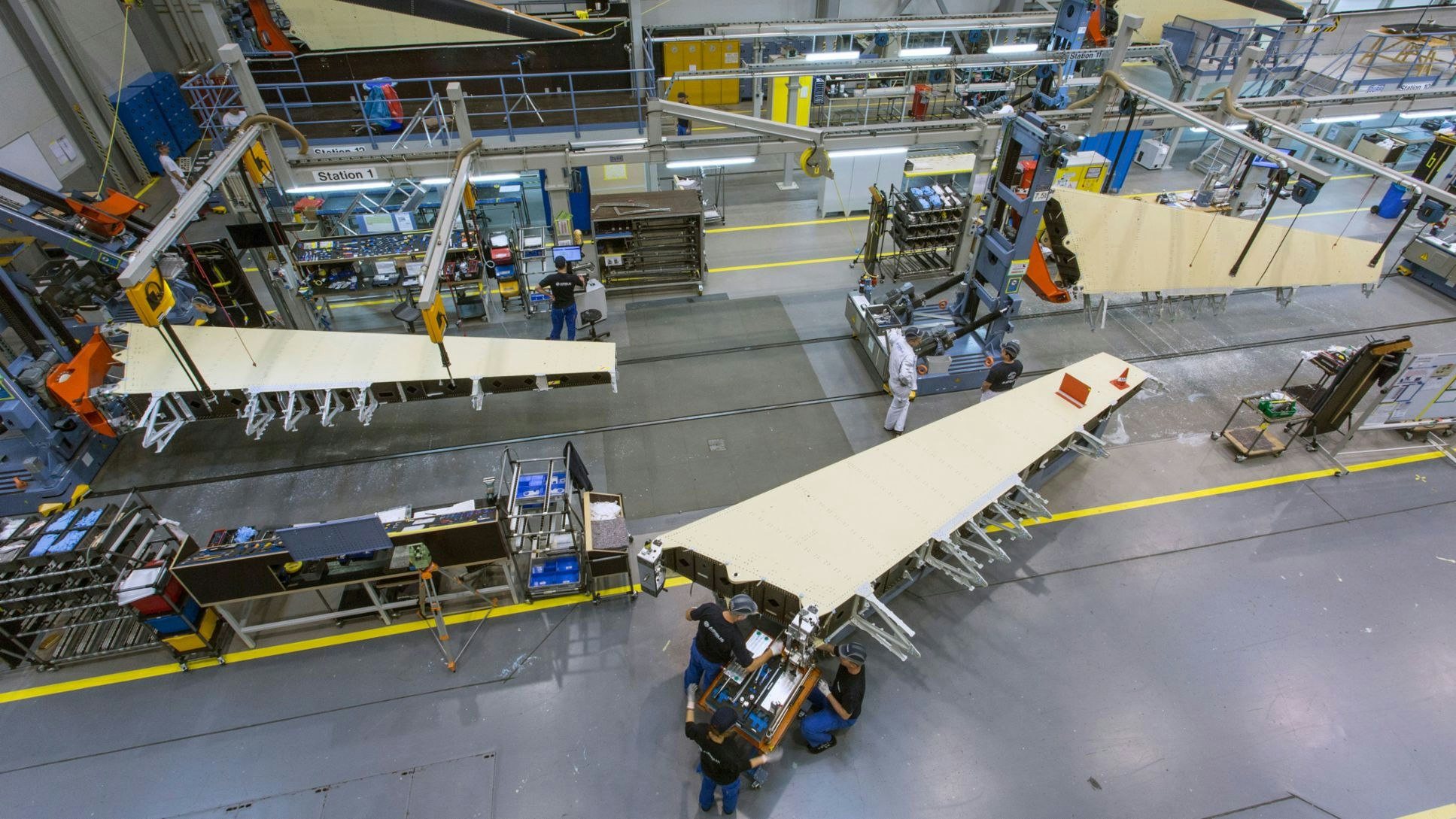UnitedHealth has surprisingly reappointed Stephen Hemsley as CEO. The 72-year-old former company head is to steer the US health insurer through a phase of massive challenges - including ongoing federal investigations and internal turbulence following the death of a top executive.
Hemsley had already led UnitedHealth from 2006 to 2017 and is considered the architect of long-term growth. His return is part of a growing number of notable CEO comebacks: Bob Iger at Disney, Howard Schultz at Starbucks, Sergio Ermotti at UBS – all returned to the helm in challenging times.
From the perspective of many board members, returnees offer clear advantages: They know the company, have existing networks, and can make decisions immediately. "A general who returns knows every corner," says Jeffrey Sonnenfeld of the Yale School of Management.
But the track record tells a different story. According to data from the personnel consultancy Spencer Stuart, S&P 500 companies with boomerang CEOs achieved an average annual decline in shareholder returns of 3% – compared to a 7% increase during the first term of the same executive.
One reason: The initial situation has often fundamentally changed.
Howard Schultz took over a company facing increasing union pressure at Starbucks in 2022 - his third term was short and mixed.
The most common mistake: Returnees rely on old strategies in a changed market environment. "The conditions are no longer the same, and neither is the CEO," warns Jim Citrin of Spencer Stuart. Of 19 examined returnees, 14 performed worse in their second term.
Hemsley will now have to prove whether experience and internal knowledge can stand up to external complexity – or whether his comeback will join the ranks of missed second chances.






